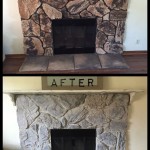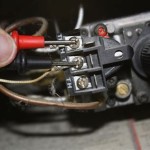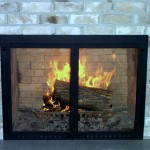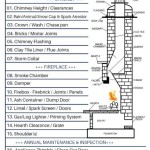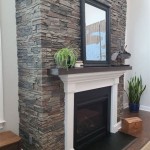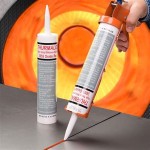Making a Fireplace: A Comprehensive Guide
A fireplace is a focal point in many homes, offering warmth, ambiance, and a sense of cozy comfort. While the allure of a crackling fire is undeniable, building one requires careful planning, consideration, and adherence to safety regulations. This article will delve into the intricacies of creating your own fireplace, exploring key steps, factors to consider, and essential safety measures.
Planning and Design
The initial stage of building a fireplace entails thorough planning and design. This involves considering the location, size, and style of the fireplace to ensure it complements the existing architecture of the home. Consider the following:
-
Location:
Choose a spot that is both aesthetically pleasing and conducive to heat distribution. A fireplace in a central room, like a living room or family room, will provide warmth to a larger area. -
Size:
The size of the fireplace should be proportionate to the room it's in. A small fireplace in a large room might appear insignificant, while an oversized fireplace in a smaller room could feel overwhelming. -
Style:
Consider the architectural style of your home and choose a fireplace design that complements it. This includes options like traditional brick fireplaces, modern minimalist designs, or rustic stone fireplaces. -
Fuel Source:
Decide whether you want a wood-burning fireplace, a gas fireplace, or an electric fireplace. Each type has its own advantages and disadvantages in terms of efficiency, cost, and convenience.
Building the Structure
Once the design is finalized, you can move on to the construction phase. This involves building the fireplace structure itself, which usually requires specialized skills and knowledge. It's highly recommended to hire a qualified contractor for this stage, especially if you're not experienced in masonry work. Here are the key steps involved:
-
Foundation:
A solid foundation is crucial for supporting the weight of the fireplace. This may involve pouring concrete or using existing structural elements of the house. -
Firebox:
This is the heart of the fireplace, where the fire is located. The firebox is typically made of firebrick or other heat-resistant materials, and it needs to be constructed with precise dimensions to ensure proper airflow and combustion. -
Chimney:
The chimney is responsible for venting smoke and gases safely. It should be tall enough to ensure adequate draft and properly insulated to prevent heat loss. -
Surround:
The fireplace surround adds aesthetic appeal and protects the surrounding walls from heat. This can be made of various materials like brick, stone, tile, or wood, depending on the design aesthetic.
Safety Considerations
Safety is paramount when building and using a fireplace. Several measures need to be taken to ensure safe operation and prevent accidents. Here are some critical considerations:
-
Fireplace Clearance:
Maintain adequate clearance between the fireplace and combustible materials like furniture, walls, and curtains. This is essential to prevent fire hazards. -
Chimney Inspection:
Have your chimney inspected annually by a qualified professional to ensure it's free of blockages and in good condition. This is crucial for proper ventilation and smoke removal. -
Fire Extinguisher:
Keep a fire extinguisher readily available and readily accessible in case of a fire emergency. -
Fire Safety Precautions:
Educate yourself and family members about proper fire safety procedures, including how to build a safe fire, how to extinguish a fire, and how to evacuate the home in case of an emergency.
Additional Factors to Consider
Apart from the steps outlined above, there are other factors to consider depending on your specific needs and preferences. These include:
-
Heat Efficiency:
Different fireplace designs and fuel sources offer varying levels of heat efficiency. You may want to consider a fireplace insert or a gas fireplace for greater efficiency and reduced fuel consumption. -
Ventilation:
Adequate ventilation is essential for maintaining a healthy indoor environment. Ensure the fireplace is properly vented and that fresh air can circulate freely in the room. -
Maintenance:
Regular maintenance is necessary to keep your fireplace operating safely and efficiently. This includes cleaning the chimney, removing ashes, and inspecting for any damage or wear and tear.
Building a fireplace is a significant undertaking that involves careful planning, meticulous execution, and a commitment to safety. By following these guidelines and working with qualified professionals, you can create a beautiful and functional fireplace that adds warmth, ambiance, and value to your home.

How To Build A Fireplace Red Cottage Chronicles

How To Build A Fireplace Red Cottage Chronicles

How To Design And Build Gorgeous Diy Fireplace Built Ins A Home

How To Make A Pretty Fireplace For Lifestyle Diy Blogger With Geeky Craft Interior

How To Build A Faux Fireplace For Your Cozy Home

How To Build An Indoor Fireplace The Constructor

How To Make An Easy Diy Fireplace Mantel Sprucing Up Mamahood

How To Make A Fireplace For Your Dollhouse Little Vintage Cottage

Diy Fireplace Mantel And Surround Jenna Kate At Home

How To Make A Fireplace More Energy Efficient 4 Steps


